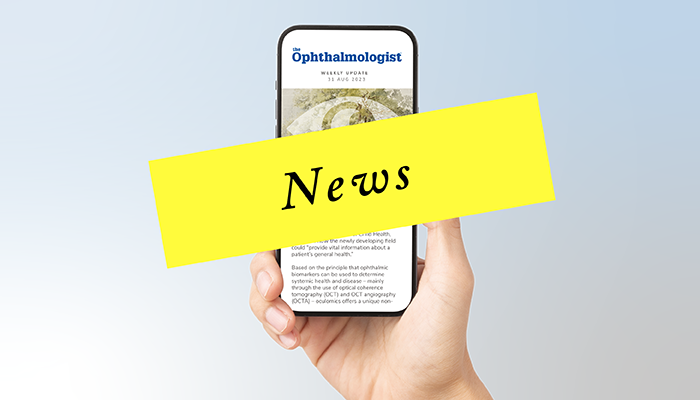
From using tumor-infiltrating lymphocyte therapy to treat uveal melanoma, to variation of swept-source OCT-A images in a bid to more accurately determine stages of glaucoma, these are the trailblazing studies that caught our attention this week…
Uveal melanoma therapy. A new Nature study conducted by researchers at the University of Pittsburgh reveals that metastatic uveal melanoma – previously considered resistant to immunotherapy – can potentially be treated using “tumor-infiltrating lymphocyte (TIL)” therapy. However, TIL therapy does not work on all uveal melanoma patients. In response, the researchers developed a clinical tool – the Uveal Melanoma Immunogenic Score (UMIS), which takes a holistic measure of the tumor microenvironment. Individuals with higher UMIS scores were more likely to experience better tumor regression with TIL therapy than those with lower scores, indicating that UMIS could act as an effective biomarker for patient selection. Link
Patching positives. Eye patching (or “occlusion therapy”) in children with unilateral congenital cataracts (UCC) causes no negative impact on a child’s development or on family stress levels, according to a new JAMA Ophthalmology study. Comparing UCC children who wore patches for their first five years with UCC children who discontinued patching in the first four years, the study found no substantial differences in parenting stress or the children’s motor development or level of self-esteem. The finding contradicts earlier literature. Link
Remote retinal screening. A recent report by the American Academy of Ophthalmology has endorsed teleretinal imaging as an accurate and cost-effective screening method for diabetic retinopathy (DR). The report states that, though the technique is not as robust in detecting diabetic macular edema (DME), the data supports the modality being used for DR screening thanks to its improved convenience, increased accessibility, and its preference by patients over traditional screening methods. Link
Going with the (glaucoma) flow. To more accurately determine the stages of glaucoma in patients, a team of scientists from the Department of Neurosciences, Rehabilitation, Ophthalmology, Genetics, Maternal and Child Health (DiNOGMI) in Genoa, Italy, have developed an easily reproducible method to analyze swept-source OCT-A images, publishing their findings in Eye Journal. The quantitative method uses variation analysis of the OCT-A images – with black pixels representing no flow, white pixels representing high flow, and gray pixels representing intermediate flow levels – to identify the various blood flow patterns in the macular and optic nerve that are characteristic of glaucoma. The team hopes that their novel technique could also provide new parameters for diagnosing glaucomatous damage. Link

